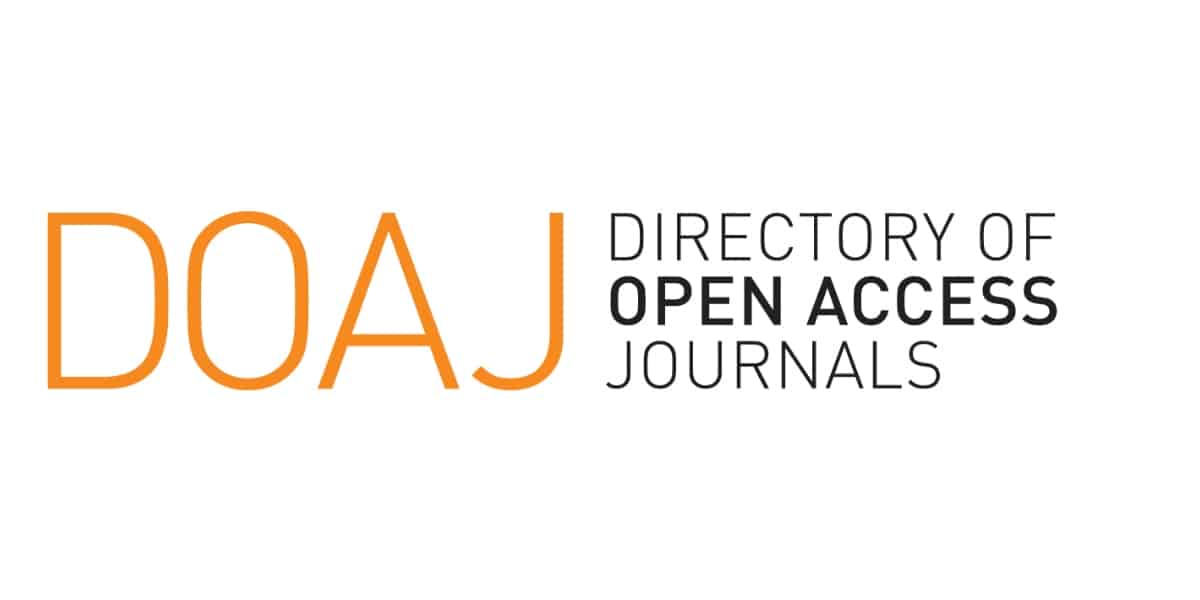Analisis Faktor Pengaruh dalam Keberlanjutan Pengelolaan Sampah di TPST Kota Bandung dengan Metode Structural Equation Modelling (SEM)
Keywords:
factor analysis, aspects of waste management, bandung city, MRF, SEMAbstract
Problems with infrastructure services such as waste management arise due to the rapid population growth and various other human activities. Based on SIPSN data, in 2022 managed waste reached 96.78% or 3% of waste ended up in the Sarimukti Landfill. The condition of Sarimukti Landfill which is already over capacity, will be closed in 2024. One of the efforts made by the Bandung City Government is to build Material Recovery Facility (MRF). In addition, the MRF development program was initiated by the Improvement of Solid Waste Management to Support Regional Areas and Metropolitan Cities (ISWMP). The purpose of this study is to determine the influential factors in waste management in the ISWMP program MRF (Cicukang Holis MRF) and non-program (Babakan Sari MRF). The focus of this research is the sustainability of the MRF program with the target respondents being the beneficiaries. Data were collected through observation, questionnaires, and interviews. This research analyzes 5 (five) aspects of waste management in settlements, namely technical operations, regulations, community participation, financing, and institutions. The method used is the SEM (Structural Equation Modeling) method to confirm the most influential factors in waste management in the MRF. The results showed that the most influential factor in waste management in MRF is the financing aspect.
References
[1] Anschutz, J., IJgosse, J., & Scheinberg, A. (2004). Putting Integrated Sustainable Waste Management into Practice 'Using the ISWM Assessment Methodology'. The Netherlands: UWEP.
[2] Badan Pusat Statistik Kota Bandung. (2023). Kota Bandung dalam Angka 2023. Bandung: BPS Kota Bandung.
[3] Enri, D., & Padmi, T. (2018). Pengelolaan Sampah Terpadu. Bandung: Penerbit ITB.
[4] Ernawati, D., Budiastuti, S., & Masykuri, M. (2012). Analisis Komposisi, Jumlah dan Pengembangan Strategi Pengelolaan Sampah di Wilayah Pemerintah Kota Semarang Berbasis Analisis SWOT. Jurnal EKOSAINS, 4(2), 13-22.
[5] Haryono, S. (2016). Metode SEM untuk Penelitian Manajemen dengan AMOS 22.00, LISREL 8.80, dan Smart PLS 3.0. Jakarta: PT. Intermedia Personalia Utama.
[6] Kementerian Pekerjaan Umum dan Perumahan Rakyat. (2017). Petunjuk Teknis TPS 3R . Jakarta: Kementerian Pekerjaan Umum dan Perumahan Rakyat.
[7] Kurniawan, H., & Yamin, S. (2011). Generasi Baru Mengolah Data Penelitian dengan Partial Least Square Path Modeling, Aplikasi dengan Software XLSTAT, SmartPLS, dan Visual PLS. Jakarta: Salemba Empat.
[8] Nugraheni, A. P., & Widjonarko, W. (2019). Keberlanjutan Tempat Pengolahan Sampah Terpadu di Desa Tawangsari, Kabupaten Boyolali. Teknik PWK, 209-216.
[9] Srihayati, B. V., Budastra, I., & Murtiadi, S. (2022). Kajian Keberlanjutan serta Kelayakan TPS 3R dengan Metode AHP dan SWOT di Kabupaten Lombok Tengah. Binawakya, 16(9), 7455-7464.
[10] Sukwika, T., & Noviana, L. (2020). Status Keberlanjutan Pengelolaan Sampah Terpadu di TPST Bantargebang Bekasi: Menggunakan Rapfisk dengan R Statistik. Jurnal Ilmu Lingkungan, 18(1), 107-118.
[11] Susanto, I., & Rahardyan, B. (2016). Analisis Penerimaan Retribusi Sampah oleh Masyarakat dalam Upaya Peningkatan Pelayanan Pengelolaan Persampahan di Kota Bandung Bagian Timur. Jurnal Perencanaan Wilayah dan Kota, 27(3), 219-235.
[12] Tasrin, K., & Amalia, S. (2014). Evaluasi Kinerja Pelayanan Persampahan di Wilayah Metropolitan Bandung Raya. Jurnal Borneo Administrator, 10(1), 35-58.
[13] Wati, F. R., Rizqi, A., Iqbal, M., Langi, S. S., & Putri, D. N. (2021). Efektivitas Kebijakan Pengelolaan Sampah Berbasis Tempat Pengelolaan Sampah Terpadu 3R di Indonesia. PERSPEKTIF UMA, 10(1), 195-203.
Downloads
Published
Issue
Section
License
Copyright (c) 2024 Rizal Husni Nurulloh, I Made Wahyu Widyarsana (Author)

This work is licensed under a Creative Commons Attribution 4.0 International License.
















